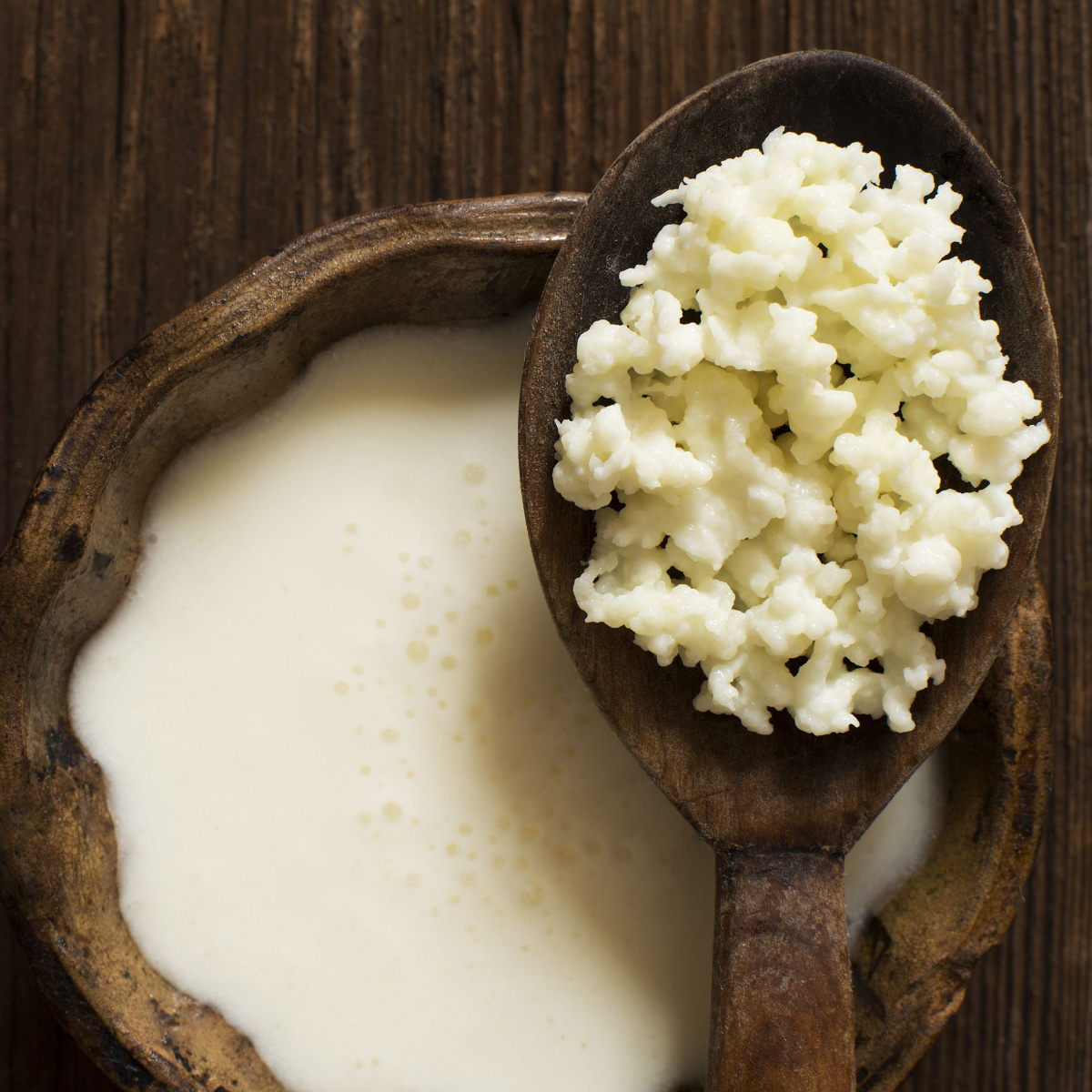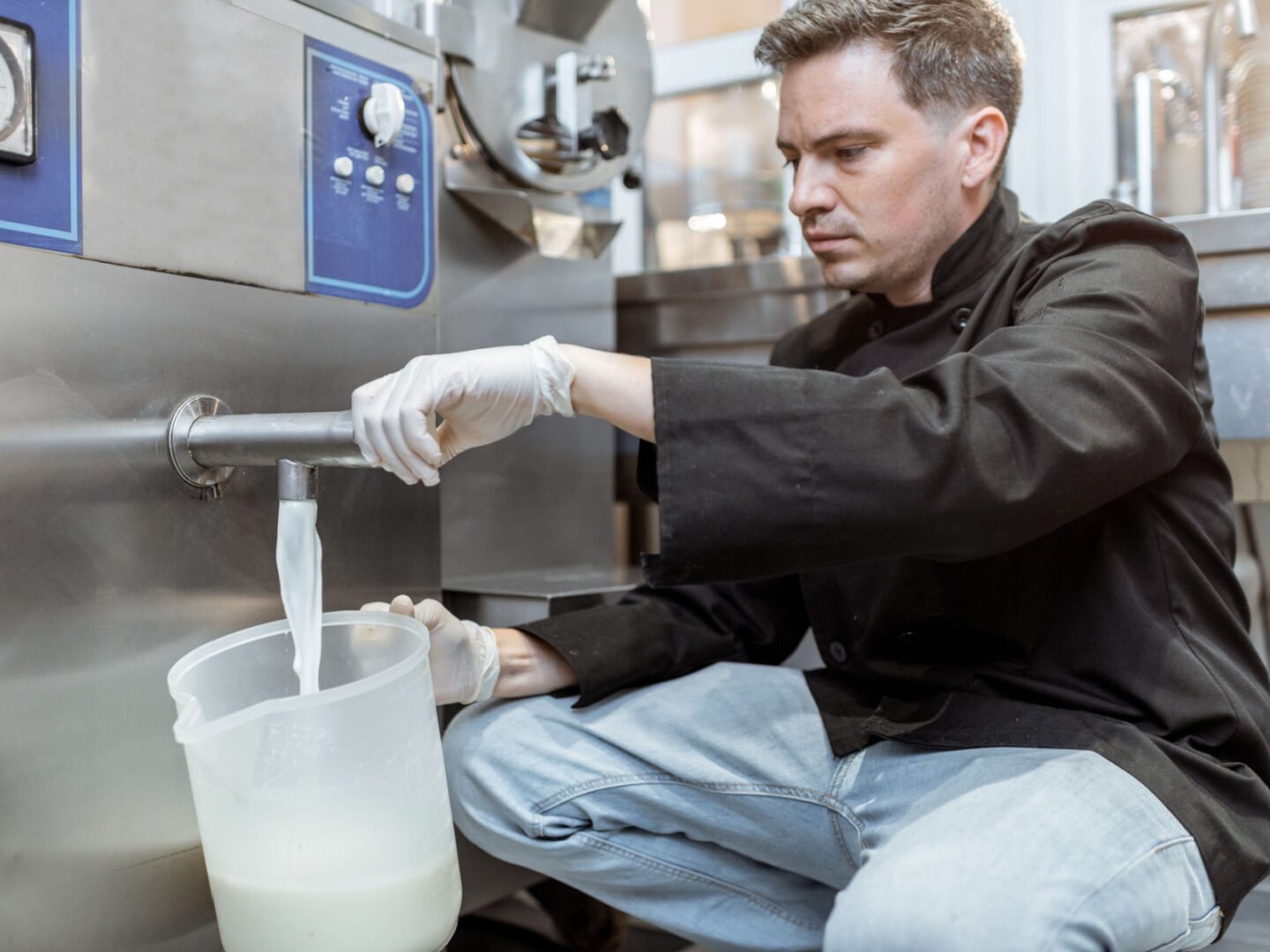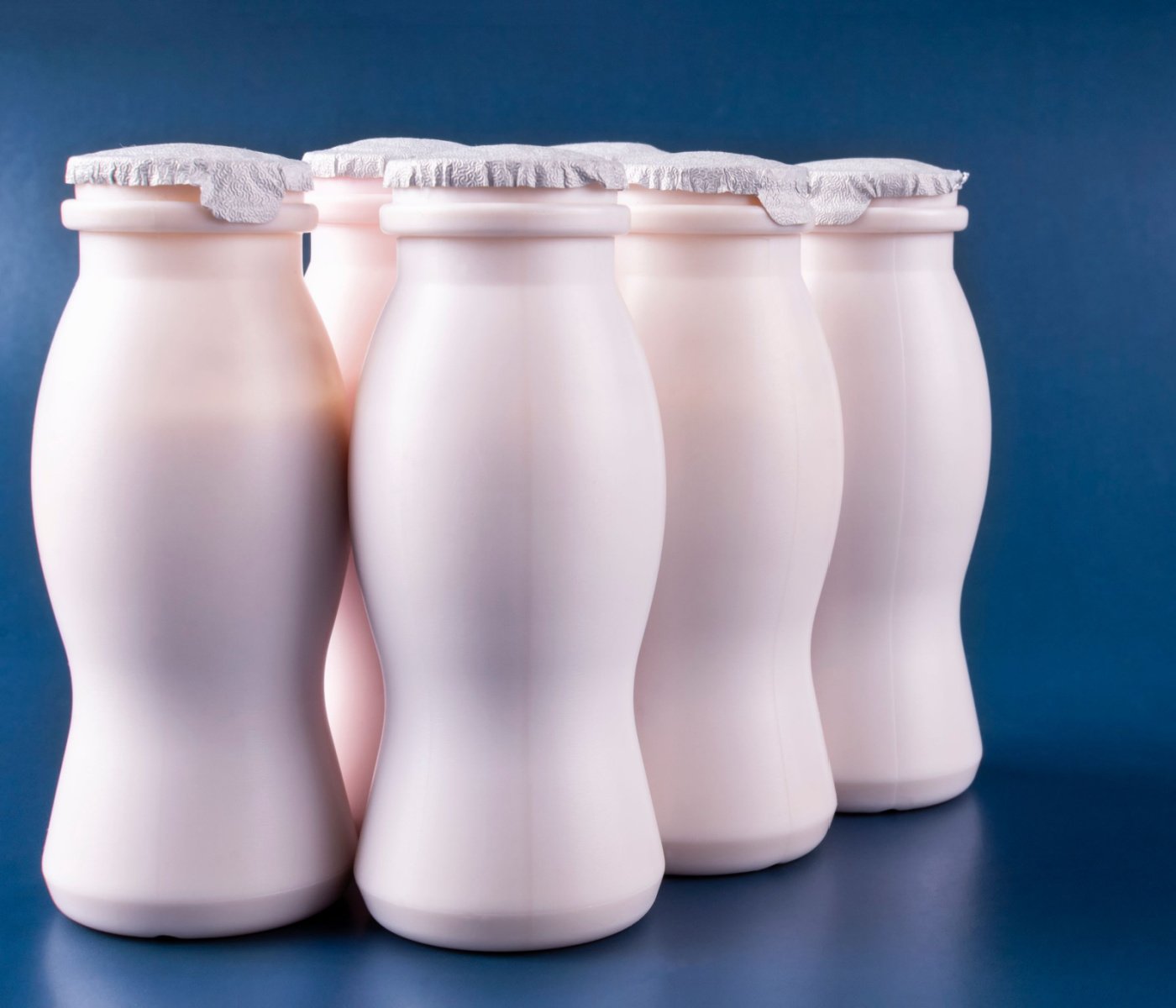Most milk products undergo a process called pasteurization, where milk gets heated at 150 degrees Fahrenheit for 30 minutes or at 162 degrees Fahrenheit for 15 minutes. Before the milk can be sold, it needs to go through this process to kill any harmful bacteria.

Most people don't understand how cultured milk could have live probiotics, but it could contain pasteurized milk. Before adding cultured live probiotics, most companies use pasteurized milk so they don't kill the good bacteria.
Read on as I discuss everything about cultured milk: what’s in it, its difference from pasteurized milk, and its health benefits.
Table of Contents
What is Cultured Milk, and How Is It Made?
Cultured milk, also called fermented milk, is a milk product that has been fermented with lactic acid bacteria like Lactobacillus, Lactococcus, Leuconostoc, Streptococcus, and Bifidobacteria.
These bacteria help break down the lactose in milk and turn it into pyruvic acid and, eventually, lactic acid.
The lactic acid gives cultured milk its sour taste. Despite the fact that cultured milk originated in Eastern and Central Europe, its health benefits and distinct flavor have made it popular all over the world.
Nowadays, cultured milk often comes in different flavors and has fruit juices in it, increasing its palatability. Like regular milk, cultured milk is often fortified with vitamins and minerals, making it healthier.
Is Cultured Milk Pasteurized?

This question is a bit tricky, but here’s the easy answer: cultured milk often contains pasteurized milk but doesn’t get pasteurized after adding the live bacteria, as the heat would kill them.
Yes, you read it right. Cultured milk products use pasteurized milk as their base, and manufacturers add live bacteria to the milk to provide that sour taste.
However, it’s essential to understand that the bacteria used to make cultured milk are not harmful but are specific strains of laboratory-grown bacteria that do not cause harm to human health.
Streptococcus lactis, Lactobacillus bulgaricus, and Lactobacillus casei strain Shirota are the most common bacterial strains used in making cultured dairy.
These bacteria break down the lactose in the milk and turn it into acids. This makes it easier for the intestines to break down the food. Also, because of these bacteria, cultured milk has very little lactose and is safe for people who can't handle lactose.
Cultured Milk Vs. Pasteurized Milk
Cultured milk is different from pasteurized milk because it still has lactic acid bacteria in it.
Pasteurized milk is cow's milk that has been heated to kill bacteria. Cultured milk, on the other hand, uses different kinds of milk, including pasteurized milk, and adds live probiotics to make fermented milk.
Pasteurized milk contains raw milk and serves as the base milk for a variety of dairy products including fresh milk, raw milk cheesemaking, butter, condensed milk, heavy cream, whipping cream, skim milk, cottage cheese, and other raw dairy products.
On the other hand, cultured milk is a beverage you drink straight out of its packaging.
Most milk products sold in grocery stores are pasteurized milk. But it's easy to identify which ones are cultured milk products. They are often sold in smaller containers, and their labels make it clear that they are made with cultured milk.
Is Cultured Milk Healthier Than Pasteurized Milk?

Since both pasteurized milk and cultured milk come from cow milk, they contain protein and calcium. The difference comes from the extra nutrients in different brands and the live probiotics that are added to cultured milk.
The short answer is that cultured milk is healthier than pasteurized milk. Cultured milk has live bacteria that break down lactose before it gets to the gut. This makes the milk easier on the gut.
These good bacteria live longer in your intestines and help digest your food. They keep your acid level at a normal level and help you absorb nutrients. They also stop bad bacteria from getting out of hand.
More importantly, cultured milk has way less lactose content than regular pasteurized milk, making it safer for people with lactose sensitivity or lactose intolerance.
However, take note that some manufacturers who advertise cultured milk don’t put live bacteria in their products. That means that the drink doesn’t deliver the benefits I just discussed. To be safe, only buy and drink cultured milk from trusted brands and manufacturers.
Who Can Drink Cultured Milk?
While cultured milk is generally safe for everyone, there are some exemptions. People who are sensitive to food, have frequent diarrhea, or have other infections that affect the digestive system probably have a weak immune system and should talk to their doctors before adding cultured dairy to their diet.
Cultured milk is good for kids and pregnant women because it helps with digestion and makes it easier for the body to absorb nutrients.

Related Questions
No. Cultured milk can be made with either pasteurized milk or milk that hasn't been heated. To be safe, always check the label for terms such as "pasteurized" or "heat-treated."
Aside from cultured milk or soured milk, you can get live probiotics from any cultured dairy product, including cultured cream, yogurt, cultured buttermilk, clabbered milk, cultured butter, and many types of cheese.
Yes, drinking cultured milk has been proven to lower the risk of pregnancy complications. To be safe, always choose cultured milk that contains pasteurized milk.
While both contain probiotics, cultured milk has a more watery consistency, while sour cream is thicker. Sour cream also tastes sourer than cultured milk.
Milk kefir is a type of cultured milk made from kefir grains, making them somehow similar but made with different processes.

Leave a Reply